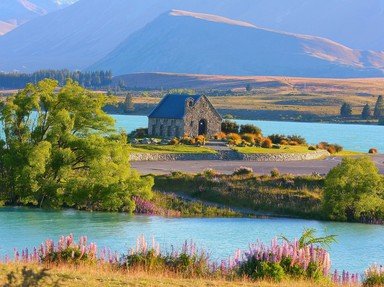Quiz Answer Key and Fun Facts
1. In which zone of latitude do the Auckland Islands lie?
2. In 1849, the Enderby Settlement was established as a British colonial outpost. It was abandoned only three years later. What was the main purpose of the settlement?
3. Charles Enderby was head of the London whaling firm, Enderby and Company, and was appointed resident Lieutenant Governor of the colony. When the settlement was abandoned, what was the fate of his residence in the islands, Government House?
4. When the first settlers aboard the Samuel Enderby arrived at Port Ross on 4th December 1849, they found a group of around 70 people already living on the islands. Who were these people?
5. The remoteness and small size of the settlement, and the long, dark winters the settlers had to endure, led to heavy drinking. Drunkenness, depression and family discord seems to have been a particular problem for the succession of Chief Medical Officers appointed to the islands. What happened to Dr Hallett on 14th October 1850?
6. There were 16 births amongst the settlers during the three years in which the colony survived. On 31st March 1852 several of the babies were baptised in one ceremony by the chaplain of the HMS Calliope. Why was this?
7. In November 1850 the ship Fancy was in Dunedin, New Zealand, to obtain sheep for the colony. Later that month the islands received a visit from which of the following people?
8. In times of shortage, there were wild pigs available to the settlers as a food source. The pigs had been released by Abraham Bristow in the early 1800s. However, the settlers preferred not to catch and eat them. Why not?
9. Why did the settlement fail?
10. What happened to the Auckland Islands in December 1998?
Source: Author
Macjaq
This quiz was reviewed by FunTrivia editor
bloomsby before going online.
Any errors found in FunTrivia content are routinely corrected through our feedback system.
